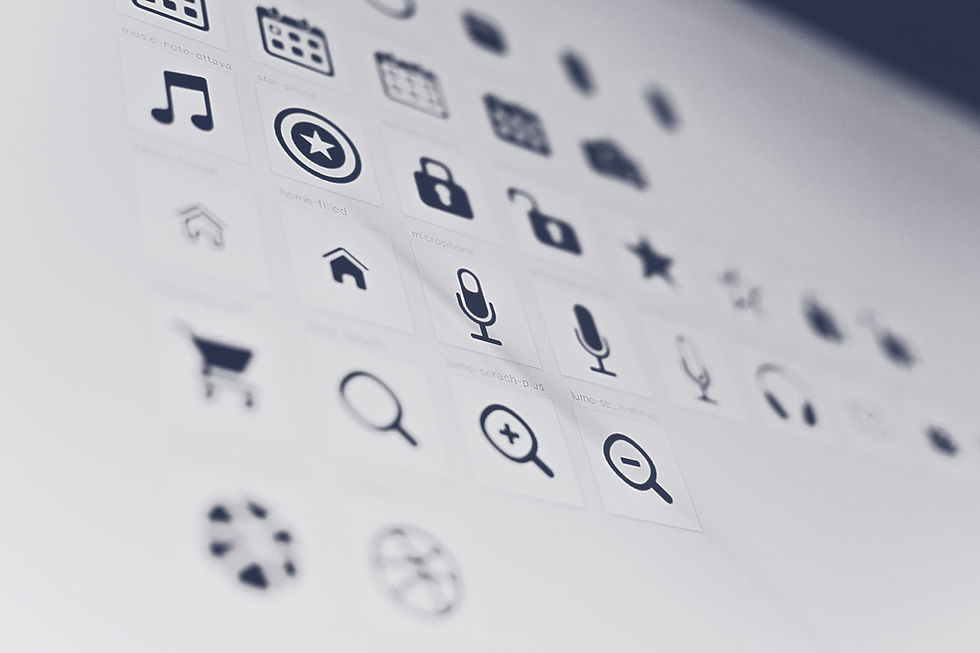Time Management Techniques for Leaders
- Katya Kim

- Nov 4, 2023
- 6 min read
Updated: Nov 5, 2023

Very often we have so many different hats juggling ‘business as usual’ work, strategic targets, and spending time with our colleagues. And of course, we can feel overwhelmed like there is a circle of never-ending responsibilities. We read books and articles about time management, and we have our systems. But again, and again we end up feeling tired.
Does it sound familiar?
This article is about taking control of your busy routine and reflecting on what is important.
You might be familiar with some of these time management techniques. And it would be just a good refresher. And think about your current strategy: does it work? Does it help you to stay efficient? Not to forget about your well-being.
Prioritizing Tasks

At the early stage of my career, I was so upset when my manager wasn’t happy with my work. I couldn’t understand why. It was very simple: I was focusing on tasks which were not that important at that moment. I felt that I worked hard, answering emails on time, and managing projects. Unfortunately, it didn’t work that way, as I wasn’t prioritising what was the most important yet.
There is a well-known technique for categorising tasks based on their urgency and importance. The most important and urgent win. Everything else should be gradually planned after.
A visual image which anchored my mind is about stones and gravels: if you put gravel first (not important smaller tasks), there will be no space for the stones (more important strategic tasks).
Sometimes, it’s very difficult to start a large project, simply because we know how much work would follow. And we procrastinate… Breaking down large tasks into smaller ones can help to manage them better.
For leaders, it means also understanding how we can work with our teams. What can be delegated and what should we focus on by ourselves? We can’t spend time doing only operational work by ourselves and forget about strategic ones. Meanwhile, there can be a team member who would love to learn and for them, these tactical tasks would be a great development tool.
Batching can support you in avoiding burnout from constantly switching from one task to another. Grouping certain tasks in batches can make a difference in your everyday work. If you must arrange calls, you can try and send invitations for the same hours.
When you need to focus, you can put it in your calendar and block it. Just one advice: don’t put ‘Focus time’. Most of the people ignore it. Put the exact thing you want to work on.
For example, Tuesdays and Thursdays are the best for online meetings. Fridays are the best for in-person lunch-and-learns or networking coffee chats.
Setting a routine to improve time management

In such a rapidly changing environment, we need to adapt quickly. Nowadays, it’s almost impossible to follow the same routine every day. Something always happens. And it feels like we don’t have time to breathe, especially reading the news.
That’s why grounding us and trying to have at least a few elements of a daily routine, would be a win already.
Waking up and going to bed at the same time every day can help feel balanced. I am a night owl. I love watching films lately at night. But I agreed with myself that I could do it during the weekend once a week. And it helped me not to feel overwhelmed in the mornings and start with a fresh mind.
Just stay consistent: practice the new habit every day for at least 2-3 weeks. Don’t be too strict with yourself if it won’t work. It takes time.
Mindfulness journal, 5 min yoga or meditation can be a good start to your morning routine. It will set the calmness and balance.
An evening routine is also very important. It’s a ‘scrolling’ time. Many of us tend to check social media or read the news before going to bed. But this habit can ruin the evening routine. Instead, maybe it’s worth trying to read a book or write in your gratitude diary.
Whatever morning or evening ritual you choose, try to stay consistent at least for 2 weeks. It’s getting better with time.
Managing Distractions

The core skill of leadership is self-awareness. The same is about managing time.
Understanding what time-eaters we have will be a good starting point. Try to analyse what have you done during the day and how much time you spent doing it. Toggle helps me to put time trackers on everything I do. It might seem daunting to record everything you do. But it’s worth trying.
Distractions can include noise from the outside or in the office, reading news or social media, instant messenger texts and many others. Everything that stops you from staying focused and being present.
What can we do to reduce distractions?
If you have focus time, try to work from a quiet space.
Use noise-cancelling headphones.
Set limits on using social media.
Plan to check social media or read news at certain times during the day. For example, before having lunch or after having tea.
Put on mute WhatsApp or other messengers when you must focus and read all the messages only once a day. If something urgent, people can always call you.
If you work in the office or a coworking space, putting on your headphones would mean you can’t be distracted.
Analyse your major distractions and work on managing them. We can’t avoid them, but at least reduce them.
For people with children – it can be difficult to find some free time as a parent. But from a certain age, I offered to have similar activities to my child. Let’s say I want to write in my journal – I bought the same journal (but for children) for my daughter.
When she has an after-school class, and I can’t use my smartphone or a laptop, I am reading a book. or plan my next week or think about content for my blogs.
And we are doing it at the same time. I am sure you have some other ideas feel free to share.
Time-Blocking

This is what I’ve learnt: blocking time should be done for every activity, and not only the task itself.
Let’s say, you block time for a meeting. Have you blocked time to prepare for this meeting? Very often what happens: we have a meeting, and spend 3 minutes getting ready, because we forgot about it. Or we jump from one meeting to another, being late. We’ve scheduled them one by one without any breaks.
Put everything into your calendar: prep time, reflection time, thinking time, and time for commuting from one place to another. Synching work and personal calendars can help avoid double-booking or calendar clashes. For parents and carers: synching calendars with others helps to plan promptly.
School trips, parents' evenings, and meetings elsewhere– should be all on the calendar ahead.
The daily time-blocking can look like this:
7:00 AM – 8:00 AM Packing and getting ready for school.
8:00 AM - 8:30 AM School run
8:30 AM – 9:00 AM Driving home and getting prepared for work.
9:00 AM – 10 AM Emails
10:00 AM – 11:30 AM Strategic or project tasks
11:30 AM – 11:45 AM Break and relaxation
11:45 AM – 1:00 PM Meetings and collaborations
1:00 PM – 2:00 PM Lunch
Having this schedule in mind will help you plan meetings, focus time and commuting time ahead without any stress to be late or tired. I usually put the exact project name every week.
Every evening I check my calendar for tomorrow and decide what should be put into a project or focus time. I try to stick to this routine.
Multitasking can be challenging. It can help in some cases when we are walking and listening to a podcast, or we are listening to an audiobook while ironing. But when it’s about work: usually it’s tiring. Answering emails while listening to a company's town hall is not good for health. It creates a burden of missing something important while working on a ‘business as usual’ task.
If you still want to utilise your time to maximum. Try to replace multiple tasks: while listening to an important meeting of the CEO, stretch your shoulders. Or have a cup of tea. You will not miss anything important but will serve your physiological needs.
Some tips:
Repetitive responses by email can be set up as a ‘Signature’ to reduce time on response.
Moving emails to folders can be set up as a 'rule'. It can be done by one click instead of scrolling and scrolling and scrolling….
Use colour coding to group emails and meetings. It helps visually identify similar tasks.
I hope you will find this blog useful.
A few final thoughts:
Don’t be upset if your plan didn’t go as you scheduled. This is life. Happens to me all the time. The time has gone, and it will not be back. Focus on the future.
Be kind to yourself, and don’t plan too much to utilise every minute. Schedule self-care time too.
Start by accommodating only one habit. And then move to another. Consistency is more important than trying to use multiple tools.
Reward yourself and share your progress with your family, friends, and colleagues.
If you know some other ways of managing time, please share. If you need support in assessing your ways of time management, let me know and we can have a chat. Contact me here.
Warmest, Katya




Comments